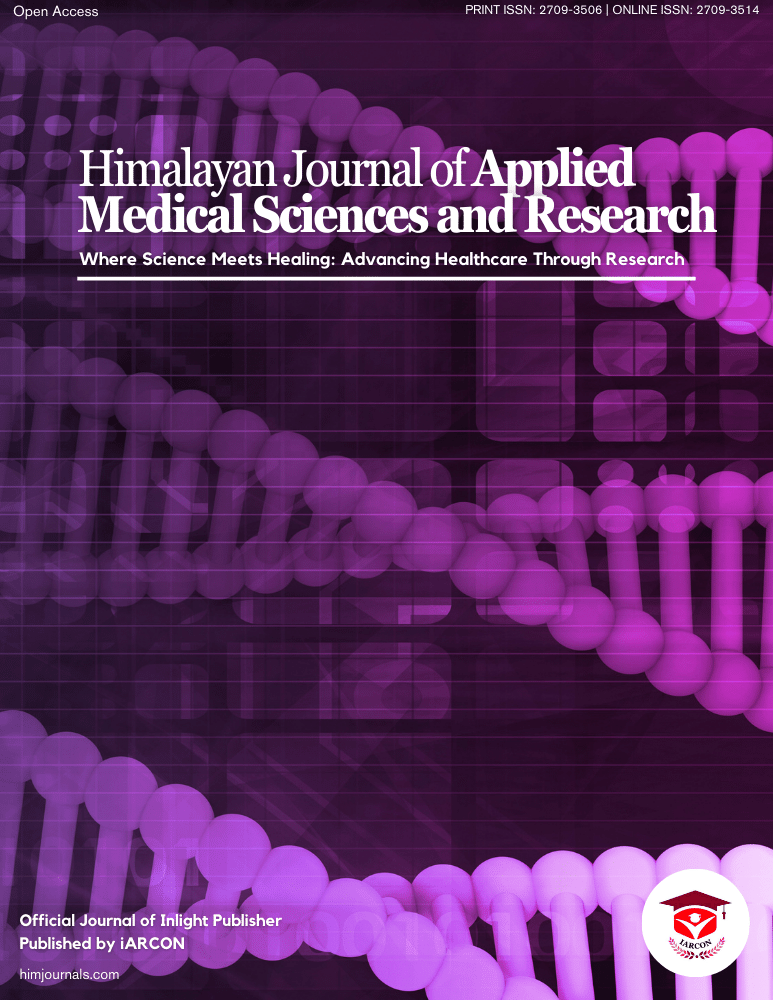Key findings:
The abstract underscores that while foreign body ingestion is common in pediatric and psychiatric patients, it usually passes uneventfully. However, in rare cases, surgical intervention is required due to complications like perforation. This case report details a 22-year-old male with schizophrenia who underwent laparotomy to remove a knife from the proximal jejunum.
What is known and what is new?
The abstract confirms the common occurrence of foreign body ingestion, typically passing through the gastrointestinal tract without complications. However, it highlights a unique case of a 22-year-old male with schizophrenia requiring surgery due to a lodged knife in the proximal jejunum, emphasizing the need for vigilance in psychiatric patient care.
What is the implication, and what should change now?
This case underscores the importance of recognizing the heightened risk of foreign body ingestion in psychiatric patients, necessitating increased vigilance and preventive measures. Healthcare providers should prioritize comprehensive psychiatric evaluations and implement strategies for minimizing access to potentially harmful objects to prevent such incidents and subsequent surgical interventions.





